How to Make Coffee Bitters: A Step-by-Step Guide
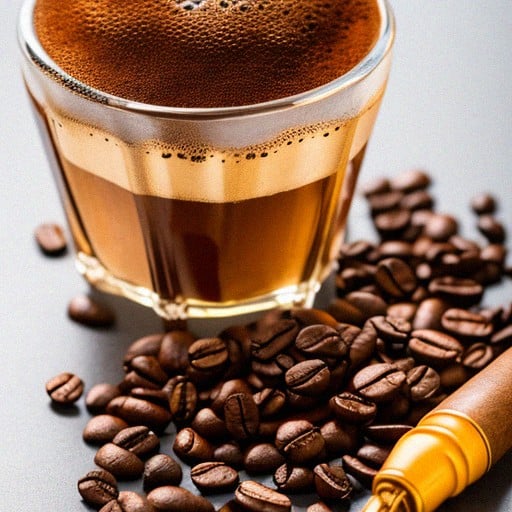
If you’re a coffee lover, you’ve probably tried different types of coffee, brewing methods, and even coffee cocktails. But have you ever tried adding bitters to your coffee? Coffee bitters are a great way to add depth and complexity to your coffee drinks, whether you’re making a latte, an espresso martini, or a simple cup of coffee.
Making coffee bitters is easier than you might think. All you need is some coffee, spices, and alcohol. There are different recipes for making coffee bitters, but we’ll share one that’s easy and delicious. You’ll need to grind up coffee, add spices like star anise and orange peel, and let everything infuse in alcohol for a few weeks. The result is a flavorful and aromatic bitters that you can use in many coffee drinks.
Understanding Coffee Bitters
Coffee bitters are a unique and flavorful way to combine coffee and alcoholic drinks. They are typically made by steeping coffee beans, spices, and other ingredients in high-proof alcohol, which extracts the flavors and aromas of the ingredients. The result is a concentrated liquid that can be added to cocktails, coffee drinks, or used as a flavoring agent in cooking.
Bitters have been used in cocktails for centuries, and coffee bitters are a relatively new addition to the scene. They are a great way to add depth and complexity to drinks, and can enhance the natural flavors of the other ingredients. Coffee bitters can be used in a variety of drinks, from classic cocktails to modern creations.
The flavor of coffee bitters can vary depending on the ingredients used. Traditional coffee bitters usually contain coffee beans, spices such as cinnamon and cloves, and a bittering agent such as gentian root. The coffee beans used can also affect the flavor, with darker roasts producing a more intense coffee flavor.
When making coffee bitters, it’s important to use high-quality ingredients and to allow enough time for the flavors to develop. The process can take several days or even weeks, depending on the recipe. It’s also important to use high-proof alcohol to ensure that the flavors are extracted properly.
Overall, coffee bitters are a great way to add depth and complexity to drinks and can be a fun and creative way to experiment with different flavors. Whether you’re a coffee lover or a cocktail enthusiast, coffee bitters are definitely worth trying out.
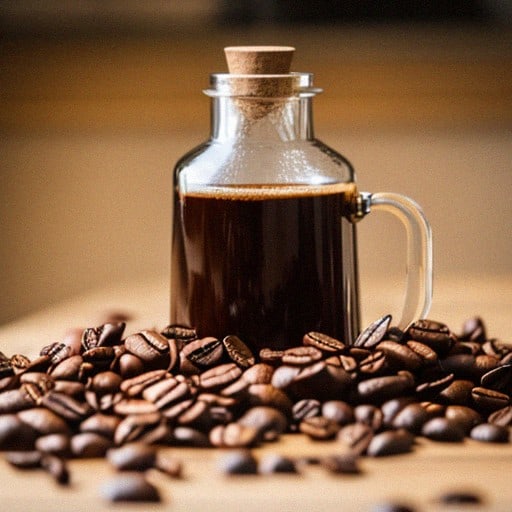
Ingredients Needed
To make coffee bitters, we will need a few key ingredients. These ingredients can vary depending on the recipe, but we will cover some of the most common ones below.
Coffee Beans
Of course, the main ingredient in coffee bitters is coffee! You will want to choose high-quality beans, preferably medium to dark roast. The coffee will be ground and steeped in high-proof alcohol to extract its flavor.
Aromatics
Aromatics are the herbs and spices that give bitters their unique flavor profile. Some common aromatics used in coffee bitters include:
- Orange peel
- Star anise
- Cinnamon
- Vanilla
- Cardamom
- Citrus peel
- Cacao
- Cloves
You can experiment with different combinations of aromatics to find the flavor profile that you like best.
Alcohol
To extract the flavors from the coffee and aromatics, you will need a high-proof alcohol. Some common options include vodka, bourbon, or rum. The alcohol will also act as a preservative to keep your bitters fresh.
Sweetener
Finally, you may want to add a sweetener to balance out the bitterness of the coffee and aromatics. Some common options include sugar or honey. You can adjust the amount of sweetener to your taste.
Overall, making coffee bitters requires a few key ingredients and some experimentation to find the perfect flavor profile. With a little bit of practice, you’ll be able to make delicious bitters to add to your favorite cocktails.
Choosing the Right Alcohol
When it comes to making coffee bitters, choosing the right alcohol is crucial. The alcohol is the base of the bitters, and it’s what extracts the flavors from the coffee and other ingredients. Different alcohols have different strengths and flavors, so it’s important to choose the right one for the job.
Some of the most common alcohols used in bitters include rum, gin, whiskey, brandy, vodka, bourbon, rye, and grain alcohol. Each of these alcohols has its own distinct flavor profile, so it’s important to choose one that complements the flavors you want to highlight in your bitters.
For coffee bitters, we recommend using a high-proof alcohol like 151 rum. This type of rum has a strong, bold flavor that pairs well with the rich, complex flavors of coffee. It also has a high alcohol content, which helps to extract the flavors from the coffee and other ingredients more effectively.
If you don’t have 151 rum on hand, you can also use other types of rum or even whiskey or bourbon. Just keep in mind that these alcohols have their own distinct flavors, so they may not work as well with coffee bitters as 151 rum.
When choosing an alcohol for your bitters, it’s also important to consider the other ingredients you’ll be using. If you’re using strong, bold flavors like coffee or chocolate, you’ll want to choose an alcohol with a strong flavor that can stand up to these ingredients. On the other hand, if you’re using more delicate flavors like herbs or citrus, you’ll want to choose a lighter, more subtle alcohol that won’t overpower these flavors.
Overall, choosing the right alcohol is an important part of making great coffee bitters. By selecting an alcohol that complements the flavors you want to highlight and using it in the right way, you can create a bitters that’s rich, complex, and delicious.
The Infusion Process
To make coffee bitters, we need to infuse a blend of coffee and other ingredients in alcohol. The infusion process usually takes about two weeks, but it can be longer or shorter depending on the desired strength of the bitters.
First, we need to select a jar or bottle that will hold the coffee and alcohol mixture. We recommend using a glass jar or bottle with a tight-fitting lid to prevent any air from entering during the infusion process.
Next, we need to prepare the coffee and other ingredients. We can use whole coffee beans or ground coffee, depending on our preference. We also need to select other ingredients such as herbs, spices, fruits, or nuts that will complement the coffee flavor.
Once we have the coffee and other ingredients ready, we can start the infusion process. We should fill the jar or bottle with the coffee and other ingredients, leaving some space at the top. Then, we should pour the alcohol over the mixture until it is fully covered.
We can use any type of alcohol for the infusion, but we recommend using a high-proof spirit such as vodka, brandy, rum, or whiskey. The alcohol will extract the flavors and aromas from the coffee and other ingredients during the infusion process.
After we have poured the alcohol over the mixture, we should seal the jar or bottle tightly and shake it well to blend the ingredients. We should store the jar or bottle in a cool, dark place for the duration of the infusion process.
During the two weeks of infusion, we should shake the jar or bottle once a day to ensure that the ingredients are evenly distributed. We can also taste the bitters periodically to check the strength and adjust the infusion time if necessary.
Once the infusion process is complete, we should strain the mixture through a fine-mesh sieve or cheesecloth to remove any solids. We can then transfer the coffee bitters to a clean bottle and store it in a cool, dark place until ready to use.
Bittering Agents and Botanicals
When it comes to making coffee bitters, the bittering agents and botanicals you choose will greatly impact the flavor profile of your final product. Bittering agents are the key ingredients that give bitters their signature bitter taste. These can range from roots and barks to flowers and spices.
One of the most common bittering agents used in bitters is gentian root. It has a strong, bitter taste that can be overwhelming if used in excess. Other roots commonly used include orris root and burdock root. Barks such as cinchona bark and wild cherry bark are also popular choices for adding bitterness.
In addition to bittering agents, botanicals are used to add complexity and depth of flavor to the bitters. Aromatic herbs such as thyme and rosemary can add a savory note, while citrus peels can add a bright, zesty flavor. Spices like cinnamon and cloves can add warmth and depth.
When selecting botanicals, it’s important to consider the overall flavor profile you want to achieve. Some botanicals can overpower others, so it’s important to use them in moderation. It’s also important to consider the quality of the botanicals you use. Fresh, high-quality ingredients will produce the best results.
Overall, the bittering agents and botanicals you choose will greatly impact the flavor of your coffee bitters. Experiment with different combinations to find the perfect balance of bitter and botanical flavors.
Straining and Bottling
Once the coffee bitters have soaked for about half an hour, it’s time to strain the mixture. We recommend using a fine mesh strainer to remove any coffee grounds or other solids from the liquid. If you don’t have a fine mesh strainer, a cheesecloth can be used as a substitute.
To strain the mixture, place the strainer over a clean container or bowl. Slowly pour the bitters mixture through the strainer, allowing the liquid to pass through while the solids are caught in the strainer. This process may need to be repeated a few times to ensure that all solids have been removed.
Once the mixture has been strained, it’s time to bottle the bitters. We recommend using a bitters bottle with a dropper top for easy dispensing. You can find bitters bottles at most kitchen supply stores or online.
To transfer the bitters mixture into the bottle, we suggest using a funnel to avoid any spills. Slowly pour the mixture into the funnel, allowing it to flow into the bottle. Once the bottle is filled, securely attach the dropper top.
It’s important to label your bitters bottle with the date it was made and the ingredients used. This will help you keep track of your creations and ensure that you’re using fresh bitters in your cocktails.
Overall, straining and bottling your coffee bitters is a simple process that can be done at home with just a few tools. With your freshly made bitters in hand, you can start experimenting with new cocktail recipes and impressing your friends with your mixology skills.
Exploring Coffee Bitters Recipes
When it comes to coffee bitters, there are many recipes to choose from. Whether you’re looking to make a classic cocktail like a Manhattan or an Old Fashioned, or you want to experiment with new flavors, there’s a recipe out there for you.
One popular recipe involves grinding up 24 grams of your favorite coffee beans with a mortar and pestle. Combine the coffee with one star anise, two medium-sized orange peels, 2.5 grams of orris root, and 750 ml of 151 rum in a jar. Let the ingredients steep together for at least four days, tasting each day to see if the concoction is ready. When it is, strain the mixture through a fine-mesh strainer or cheesecloth and then pour it into a bitters bottle.
Another recipe involves steeping coffee beans and spices in high-proof alcohol for a rich, flavorful result. Grind up 1/4 cup of coffee beans and mix them with 1 teaspoon each of cinnamon and cloves. Add the mixture to a jar with 1 cup of high-proof alcohol, such as vodka or rum, and let it steep for 2-3 weeks. Strain the mixture and store it in a cool, dark place.
If you’re looking for a more complex recipe, try making coffee bitters with cocoa nibs and vanilla beans. Combine 1/2 cup of cocoa nibs, 1/4 cup of coffee beans, and 2 vanilla beans in a jar with 1 cup of high-proof alcohol. Let the mixture steep for 2-3 weeks, then strain and bottle it.
When it comes to using coffee bitters in cocktails, the possibilities are endless. Try adding a few dashes to a classic Manhattan or Old Fashioned for a rich, complex flavor. Or experiment with new cocktails, like a Brandy Alexander or Boulevardier, by adding a few dashes of coffee bitters to the recipe.
Overall, making your own coffee bitters is a fun and rewarding process that allows you to experiment with new flavors and create unique cocktails. With so many recipes to choose from, the possibilities are endless.
Using Coffee Bitters in Cooking and Baking
We all know that coffee bitters are great in cocktails, but did you know that they can also be used in cooking and baking? Coffee bitters add a unique depth of flavor to dishes that can’t be achieved with regular coffee alone. Here are some ideas on how to incorporate coffee bitters into your cooking and baking:
Cooking with Coffee Bitters
Coffee bitters can be used in savory dishes to add a rich, complex flavor. Here are some ways to use them:
- Add a few dashes of coffee bitters to a marinade for meats like steak or pork.
- Use coffee bitters in a sauce for roasted vegetables like Brussels sprouts or carrots.
- Mix coffee bitters into a salad dressing for a unique twist on a classic.
Baking with Coffee Bitters
Coffee bitters can also be used in baking to add a subtle coffee flavor. Here are some ideas:
- Add a few drops of coffee bitters to chocolate chip cookie dough for a mocha twist.
- Mix coffee bitters into brownie batter for a richer, more complex flavor.
- Use coffee bitters in place of vanilla extract in cakes or muffins for a unique flavor profile.
Making Coffee Bitter Ice Cream
Coffee bitters can also be used to make delicious ice cream. Here’s how:
- Mix together heavy cream, sugar, and coffee bitters in a bowl.
- Pour the mixture into an ice cream maker and churn according to the manufacturer’s instructions.
- Freeze the ice cream until firm and enjoy!
In conclusion, coffee bitters can be used in a variety of ways to add a unique flavor to your dishes. From savory dishes to sweet treats, coffee bitters are a versatile ingredient that every home cook should have in their pantry.
Health Benefits of Bitters
Bitters have been used for centuries as a digestive aid, and recent science has shown that they can offer a range of health benefits. Here are some of the health benefits of bitters:
Aids Digestion
Bitters can help improve digestion by stimulating the production of digestive enzymes. This can help break down food more effectively and reduce digestive discomfort.
Curbs Sugar Cravings
Bitters can help reduce sugar cravings by regulating blood sugar levels. This can be particularly helpful for people with diabetes or those who are trying to reduce their sugar intake.
Boosts the Immune System
Bitters can help boost the immune system by stimulating the production of white blood cells. This can help the body fight off infections and illnesses more effectively.
Eases Upset Stomach
Bitters can help ease upset stomach by reducing inflammation and soothing the digestive tract. This can help alleviate symptoms of conditions like irritable bowel syndrome (IBS) and acid reflux.
Liver Support
Bitters can help support liver function by promoting the production of bile. This can help the liver detoxify the body and improve overall liver health.
Overall, bitters can offer a range of health benefits, particularly when it comes to digestion. Incorporating bitters into your diet can be a simple and effective way to support your overall health and well-being.
Making Your Own Bitters
Making your own bitters is a fun and rewarding way to add a unique flavor to your cocktails. Homemade bitters are also a great way to use up leftover herbs and spices. In this section, we’ll go over the basic steps for making your own coffee bitters.
Ingredients
Here are the ingredients you’ll need to make coffee bitters:
- 24 grams of coffee
- 1 star anise
- 2 medium-sized orange peels
- 2.5 grams of orris root
- 750 ml of 151 rum
Instructions
- Grind up 24 grams of coffee with a mortar and pestle.
- Combine the ground coffee in a jar with one star anise, two medium-sized orange peels, and 2.5 grams of orris root.
- Pour 750 ml of 151 rum over the ingredients in the jar.
- Seal the jar and let it sit for two weeks, shaking it occasionally.
- After two weeks, strain the mixture through a cheesecloth or coffee filter.
- Bottle the bitters and store them in a cool, dark place.
Tips
- Use high-quality ingredients for the best flavor.
- Experiment with different herbs and spices to create your own unique bitters.
- Label your bitters with the date you made them and the ingredients you used.
- Use a dropper to add bitters to your cocktails.
Making your own bitters is a fun and creative way to add a personal touch to your cocktails. With just a few ingredients and some patience, you can create a delicious and unique flavor that will impress your guests. Give it a try and see how easy it is to make your own homemade bitters!
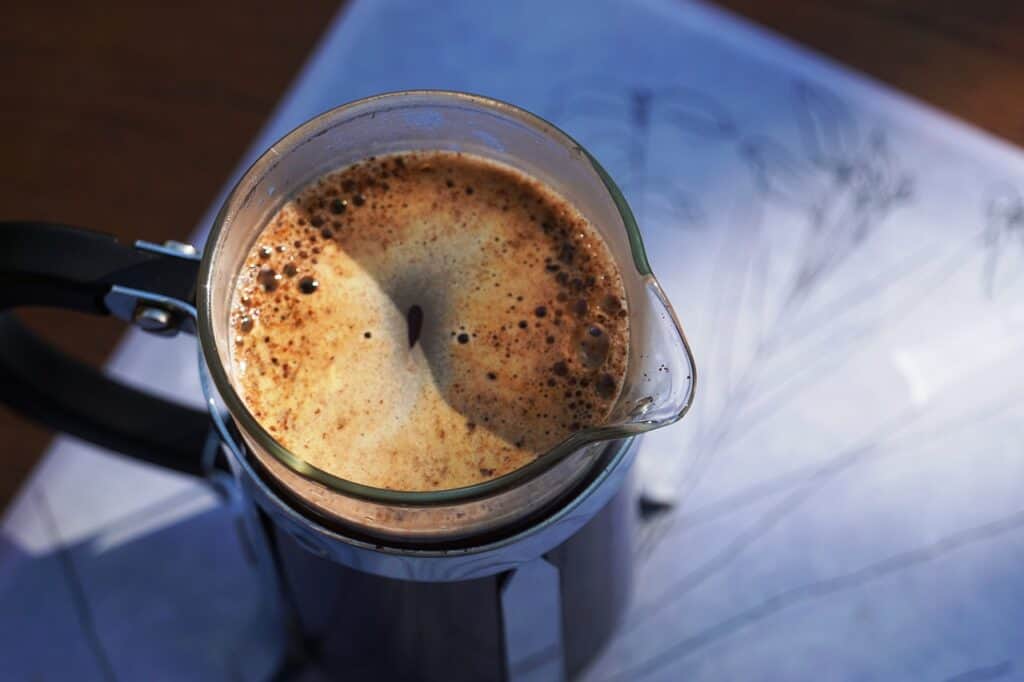
The History of Bitters
Bitters have a long and fascinating history, dating back to ancient Egypt where they were used for medicinal purposes. Over time, bitters evolved into a popular ingredient in cocktails, adding depth and complexity to drinks.
In the early 19th century, bitters were commonly used as a cure-all for various ailments, including indigestion and stomach issues. It wasn’t until the mid-1800s that bitters began to be used in cocktails, with the first recorded use of the word “cocktail” in 1806 referring to a drink made with bitters.
One of the most famous bitters brands is Angostura, which was created by a German doctor named Johann Siegert in the early 19th century. Siegert originally developed the bitters as a medicine to treat stomach ailments, but it soon became a popular ingredient in cocktails.
Today, there are many different types of bitters available, from classic aromatic bitters to more unique flavors like chocolate and lavender. Bitters are an essential ingredient in many classic cocktails, including the Manhattan and the Old Fashioned.
Overall, the history of bitters is a rich and complex one, spanning centuries and cultures. Whether you’re a fan of classic cocktails or simply looking to add some depth and complexity to your coffee, bitters are a versatile and fascinating ingredient to explore.
Perfecting Your Coffee Brewing Skills
Brewing coffee is both an art and a science. It requires the right combination of beans, water, and brewing method to achieve the perfect cup. Here are some tips to help you improve your coffee brewing skills:
Use Freshly Roasted Beans
The quality of your coffee beans is crucial to achieving a great cup of coffee. Always use freshly roasted beans as they have a more complex flavor profile and are more aromatic. Avoid using stale beans as they can result in a flat and dull cup of coffee.
Grind Your Beans Correctly
The way you grind your coffee beans can affect the flavor of your coffee. Use a burr grinder to achieve a consistent grind size. The grind size will depend on the brewing method you are using. For example, a French press requires a coarse grind, while an espresso machine requires a fine grind.
Use the Right Water Temperature
The water temperature can affect the extraction of flavor from the coffee beans. Use water that is between 195°F and 205°F (90°C to 96°C) for best results. Boiling water can scorch the beans and result in a bitter taste.
Measure Your Coffee and Water
Using the right ratio of coffee to water is essential to achieving a great cup of coffee. A general rule of thumb is to use 1 to 2 tablespoons of coffee for every 6 ounces of water. However, you can adjust the ratio based on your personal taste preferences.
Experiment with Different Brewing Methods
There are many different brewing methods to choose from, each with its own unique flavor profile. Experiment with different methods such as pour-over, French press, or espresso to find the one that suits your taste.
By following these tips, you can improve your coffee brewing skills and achieve the perfect cup of coffee every time.
Serving Suggestions
Coffee bitters are a versatile ingredient that can be used in a variety of ways to enhance the flavor and complexity of both alcoholic and non-alcoholic drinks. Here are some serving suggestions to help you get started:
Dropper
When using coffee bitters, a dropper can be a handy tool for adding just the right amount of flavor to your drinks. Start with just a few drops and adjust to taste.
Sparkling Water
For a refreshing non-alcoholic beverage, add a few drops of coffee bitters to a glass of sparkling water. This can be a great way to enjoy the complex flavors of coffee bitters without the alcohol.
Beverages
Coffee bitters can be added to a variety of hot and cold beverages to enhance their flavor. Try adding a few drops to your morning coffee or tea for an extra kick of flavor.
Alcoholic Drinks
Coffee bitters can be used to add complexity and depth to a variety of alcoholic drinks. Try adding a few drops to your favorite whiskey or bourbon for a unique twist on a classic cocktail.
Irish Coffee
For a delicious twist on an Irish coffee, add a few drops of coffee bitters to your favorite recipe. The coffee bitters will add an extra layer of complexity to the drink and complement the flavors of the whiskey and coffee.
Kahlua
Coffee bitters can be used to enhance the flavor of Kahlua, a popular coffee liqueur. Try adding a few drops of coffee bitters to your Kahlua and cream for a delicious and complex cocktail.
Bar Atmosphere
Coffee bitters can also be used to create a unique and inviting atmosphere in your home bar. Display your coffee bitters bottle on a shelf or bar cart to add a touch of sophistication and intrigue to your space.
Additional Tips and Tricks
When making coffee bitters, there are some additional tips and tricks that we recommend to take your bitters to the next level.
Sweetness
If you prefer your bitters on the sweeter side, we recommend adding a small amount of honey or simple syrup to your mixture. This will balance out the bitterness and give your bitters a more nuanced flavor.
Grinding
Using a mortar and pestle to grind your coffee and other ingredients can help release more flavor and aroma. This will make your bitters more fragrant and flavorful.
Sourness
If you want to add a touch of sourness to your bitters, try adding a small amount of citric acid. This will give your bitters a tangy kick that pairs well with the bitterness of the coffee.
Nuance
To add more nuance to your bitters, consider adding a variety of different ingredients. For example, you could add some cinnamon or cardamom for a warm, spicy flavor, or some vanilla or cocoa nibs for a sweeter, more complex taste.
Versatility
Coffee bitters are a versatile ingredient that can be used in a variety of different cocktails and recipes. Try adding them to your favorite whiskey or rum drinks, or experiment with using them in baked goods or marinades.
Orange Peels
Orange peels are a common ingredient in many bitters recipes, including coffee bitters. They add a bright, citrusy flavor that complements the bitterness of the coffee. Be sure to use only the outermost layer of the peel, as the white pith can add a bitter flavor that you don’t want in your bitters.
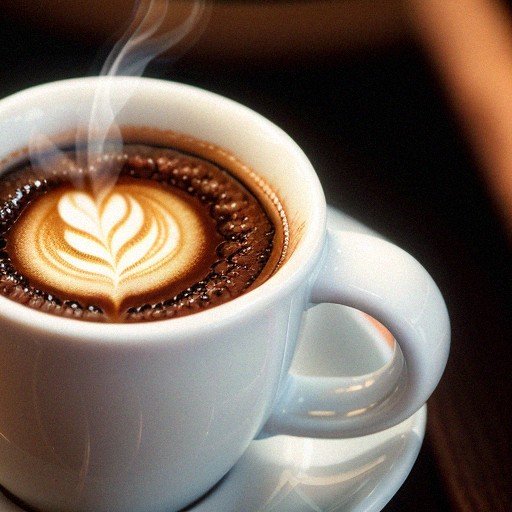
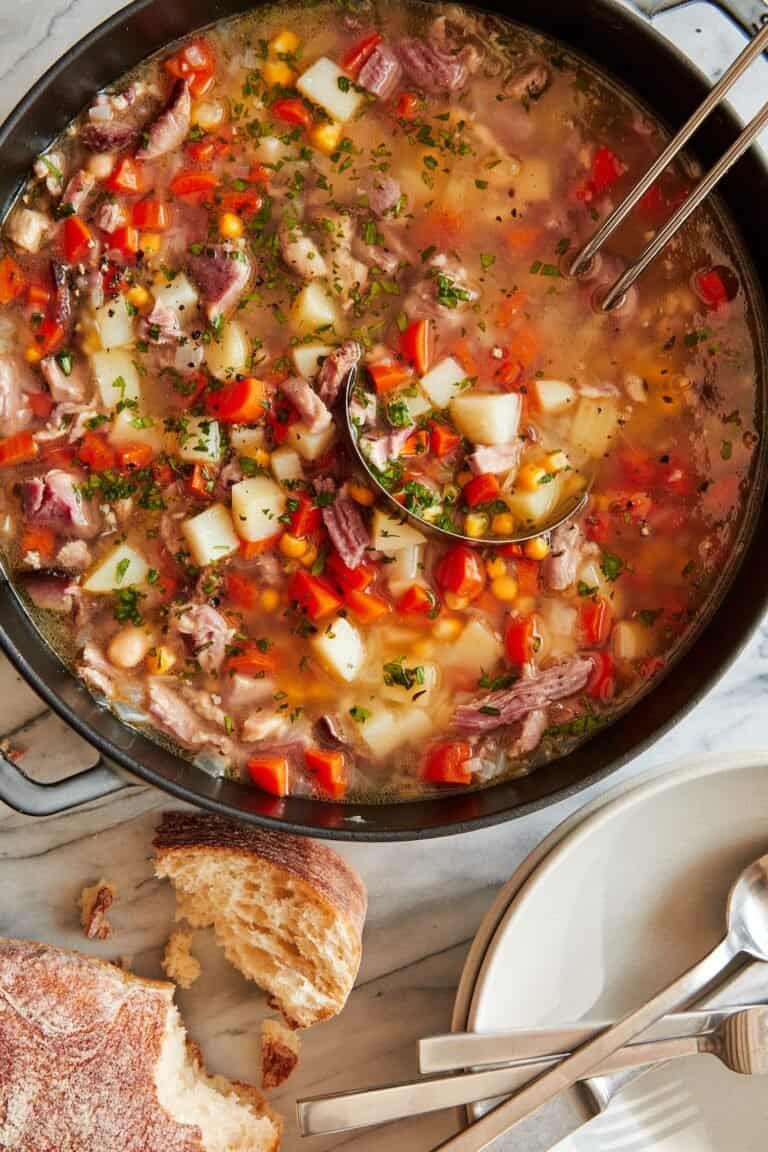
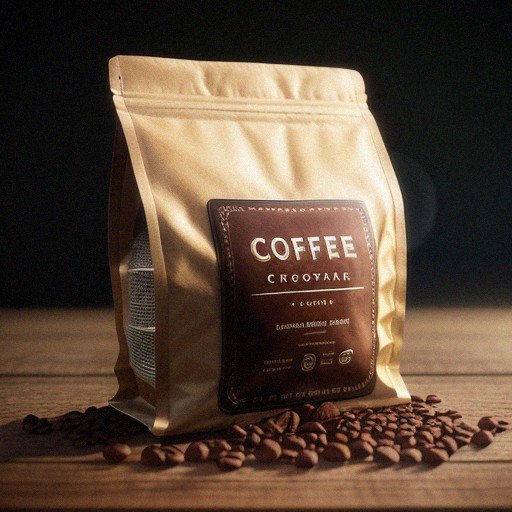
One Comment